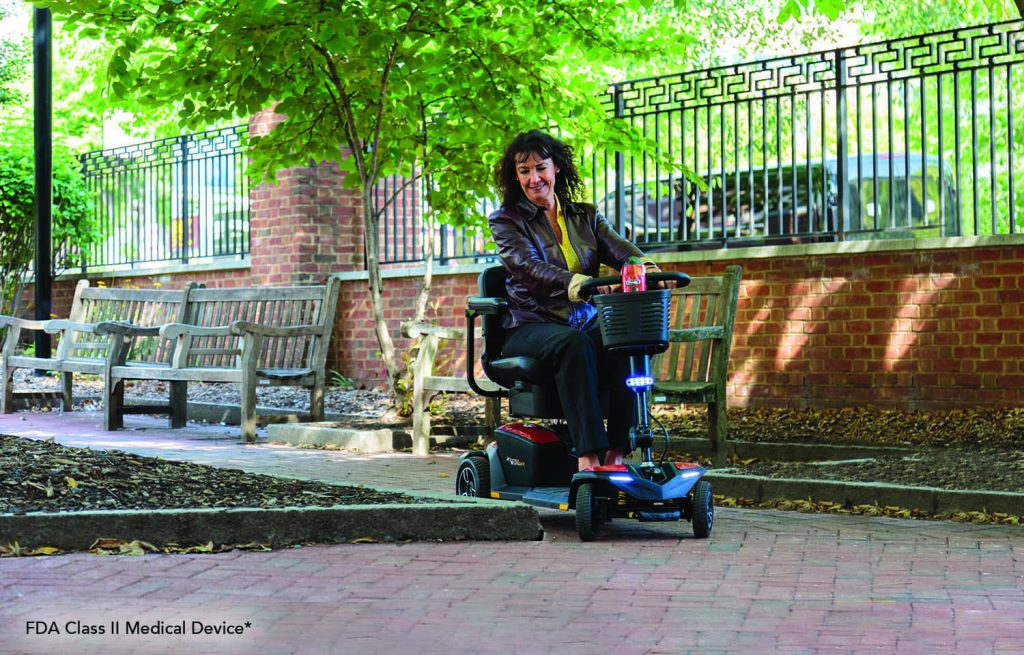Durable Medical Equipment (DME) like wheelchairs, CPAP machines, or portable oxygen concentrators can significantly enhance your quality of life. However, navigating insurance policies to secure coverage for these essential devices can often feel overwhelming.
As a medical billing specialist with years of experience assisting patients in obtaining DME coverage, I understand the challenges individuals face when dealing with insurers. In this guide, I’ll share practical strategies to help you advocate for yourself effectively, ensuring you get the coverage you need for your DME.
What is Durable Medical Equipment (DME)?
DME refers to medical devices prescribed by a healthcare provider for long-term use to manage a medical condition. Common examples include:
- Wheelchairs and walkers.
- CPAP machines for sleep apnea.
- Portable oxygen concentrators.
- Blood glucose monitors.
- Hospital beds.
Insurance companies typically cover DME if it is deemed medically necessary, but the approval process often requires persistence and proper documentation.
1. Understand Your Insurance Policy
The first step in advocating for yourself is knowing your insurance plan’s terms and requirements for DME coverage.
Tips for Understanding Your Policy:
- Review Coverage Details: Check your plan’s documents or website for information on DME benefits.
- Identify In-Network Suppliers: Most insurance plans have a network of approved DME providers.
- Note Coverage Limitations: Pay attention to co-pays, deductibles, and annual caps on coverage.
Questions to Ask Your Insurer:
- What specific DME is covered under my plan?
- Do I need prior authorization?
- Are there restrictions on brands or suppliers?
2. Get a Detailed Prescription from Your Doctor
Insurance companies typically require a prescription or medical order from your healthcare provider to process a DME claim.
What Your Doctor Should Include:
- Diagnosis Code (ICD-10): Specifies the medical condition requiring the DME.
- Description of Equipment: Clearly outlines the device and its purpose.
- Medical Necessity Statement: Explains why the equipment is essential for your condition and daily functioning.
Pro Tip:
Request a copy of the prescription and supporting documentation to keep on file for appeals or future claims.
3. Prepare for the Authorization Process
Many insurance plans require prior authorization before approving DME coverage. This step involves your provider submitting documentation to the insurer for review.
How to Navigate Authorization:
- Communicate with Your Doctor: Ensure they submit the necessary paperwork promptly.
- Follow Up Regularly: Call your insurer to check the status of the authorization.
- Keep Records: Document every interaction, including dates, times, and the names of representatives you speak with.
4. Appeal Denied Claims
If your DME claim is denied, don’t give up. Most insurance companies have an appeals process that allows you to challenge their decision.
Steps to Appeal:
- Review the Denial Letter: Identify the reason for the denial (e.g., lack of medical necessity, incorrect coding).
- Request an Explanation: Call your insurer for clarification if the reason isn’t clear.
- Gather Additional Evidence: Work with your doctor to provide more detailed documentation or a second opinion.
- Submit Your Appeal: Follow your insurer’s instructions for submitting an appeal, including deadlines and required forms.
- Track Your Appeal: Follow up regularly and keep a log of communications.
Pro Tip:
Consider enlisting the help of a patient advocate or legal professional if your appeal is denied multiple times.
5. Explore Financial Assistance Programs
If your insurance doesn’t cover the full cost of your DME, there are alternative resources to help reduce out-of-pocket expenses.
Programs to Consider:
- Manufacturer Assistance Programs: Many DME manufacturers offer discounts or payment plans.
- Nonprofit Organizations: Groups like the Muscular Dystrophy Association or the American Lung Association provide grants or equipment.
- Medicare or Medicaid: If you qualify, these programs often cover a wide range of DME.
- State Vocational Rehabilitation Services: Can help individuals with disabilities access necessary equipment.
6. Be Persistent and Proactive
Advocating for yourself requires patience and persistence. The process can be time-consuming, but staying organized and proactive will increase your chances of success.
How to Stay Organized:
- Create a Folder: Keep all relevant documents, including prescriptions, insurance communications, and appeal letters, in one place.
- Set Reminders: Use your phone or calendar to track deadlines and follow-up dates.
- Enlist Support: Ask a family member or friend to help you stay on top of the process.
FAQs
1. What does “medically necessary” mean for DME coverage?
“Medically necessary” means the equipment is essential for treating or managing your condition, as determined by your doctor and outlined in your insurance policy.
2. How long does it take to get DME approved?
The timeline varies but generally ranges from a few days to several weeks. Follow up regularly to avoid unnecessary delays.
3. What should I do if my DME supplier is out-of-network?
Contact your insurer to see if they will provide partial coverage or recommend an in-network alternative.
4. Are there limits to how often I can get new DME?
Yes, most insurance plans have replacement schedules, such as every 5 years for wheelchairs. Check your policy for details.
5. Can I rent DME instead of purchasing it?
Many insurers cover DME rentals, especially for short-term needs. Discuss this option with your doctor and supplier.
Conclusion: Empower Yourself to Secure DME Coverage
Advocating for DME coverage can feel daunting, but with the right strategies, you can navigate the process successfully. Understanding your insurance policy, gathering thorough documentation, and staying persistent are key to ensuring you receive the equipment you need.
Remember, you’re not alone—healthcare providers, patient advocates, and financial assistance programs are available to support you. By advocating for yourself, you’re taking an essential step toward improving your quality of life and maintaining your independence.
As a medical billing specialist with years of experience assisting patients in obtaining DME coverage, I understand the challenges individuals face when dealing with insurers. In this guide, I’ll share practical strategies to help you advocate for yourself effectively, ensuring you get the coverage you need for your DME.






